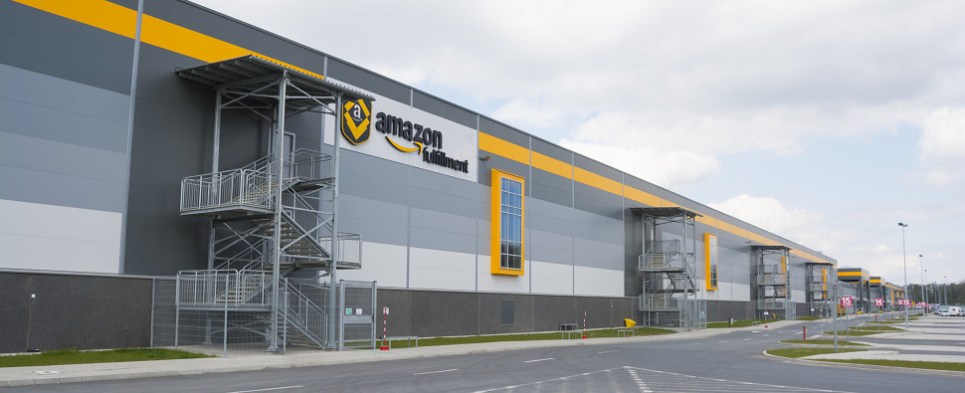How Logistics Keeps Up With Ecommerce Boom
We’re in the midst of an ecommerce boom, with online purchases hitting record levels. According to U.S. Department of Commerce estimates, online sales grew 15.1 percent year-over-year in Q1 2016 (from Q1 2015), totaling $86.3 billion, and accounting for 11.1 percent of all retail sales. This is the highest ecommerce penetration in history.
While consumers have come to expect same day and next day delivery, online purchases don’t just magically appear at your doorstep. The spike in ecommerce demand presents enormous challenges to both retailers and the transportation providers with whom they contract, in terms of delivery capacity and infrastructure. And while companies like Amazon set the early bar for success, many are just scratching the surface. How exactly will the industry adjust to accommodate the massive operational lift of delivering online purchases?
An early blueprint
As of mid-last year, Amazon had accounted for about 60 percent of online sales growth in the United States, according to Forrester Research. The company increased its ecommerce sales in 2015 by about $23 billion, compared to 2014.
Amazon won the early advantage by fully embracing the customer service, investment, and infrastructure needed to cater to consumer demand. Amazon Prime set consumer expectations, offering same day or next day delivery. The company fronted costs for prime real estate, locating fulfillment centers closer to urban centers, in order to accommodate shorter delivery windows.
This also came at a massive cost. It can take billions to finance fulfillment center networks at the scale Amazon requires. And shipping becomes a more costly endeavor, with the company’s Prime service offering free shipping on many items.
Amazon recouped some of the cost in the form of subscription fees, but not all. Some of the cost also passed to third-party sellers operating on Amazon’s platform. Overall, though, Amazon’s case demonstrates that the initial cost to enter the ecommerce game can eat into profit substantially.
What’s the solution?
There are a few moves retailers and logistics providers can make to remain competitive. First, with the ecommerce boom still in its early stages, real estate is the foremost concern. You can’t deliver next day if you don’t have the ability to fulfill orders closer to the consumer.
As a recent example, Walmart has built fulfillment centers closer to its end-customers, and thus closer to urban centers. In general, we’re still very much in a land grab state, and one of the most important investments retailers can make is in prime real estate.
Second, it’s even more important to ensure transparent and agile fleet operations. Things move so quickly in the ecommerce landscape that retailers and the logistics providers and carriers they work with need to have a watchful eye on trucks at all times. To this point, companies will sink more dollars in business intelligence and vehicle technology. Upgraded intelligence will help optimize transportation networks, routing, and fuel consumption, which all contribute to the high ecommerce delivery cost.
Retailers can also look at strategic partnerships with preferred logistics providers to maximize spend. While many retailers handling ecommerce deliveries maintain private fleets, many others contract transportation. Returned or unaccepted deliveries are the death knell of ecommerce, and retailers can’t afford to work with partners they can’t trust. Through strategic partnerships, retailers can identify preferred providers, those who best understand shipping center delivery procedures and protocols, to minimize the risk of loads being turned away.
Consumers will only continue to expect more consistent, rapid delivery of online orders. The ecommerce pie continues to grow, and those looking for a piece must foot the bill upfront to ensure capability, capacity, and agility.
Brian Winshall is Executive Vice President at AFN, a dynamic third-party logistics provider. Brian has more than 20 years of supply chain and logistics industry experience and leads AFN’s customer-centric teams, creating innovative, value-add supply chain solutions.





Leave a Reply